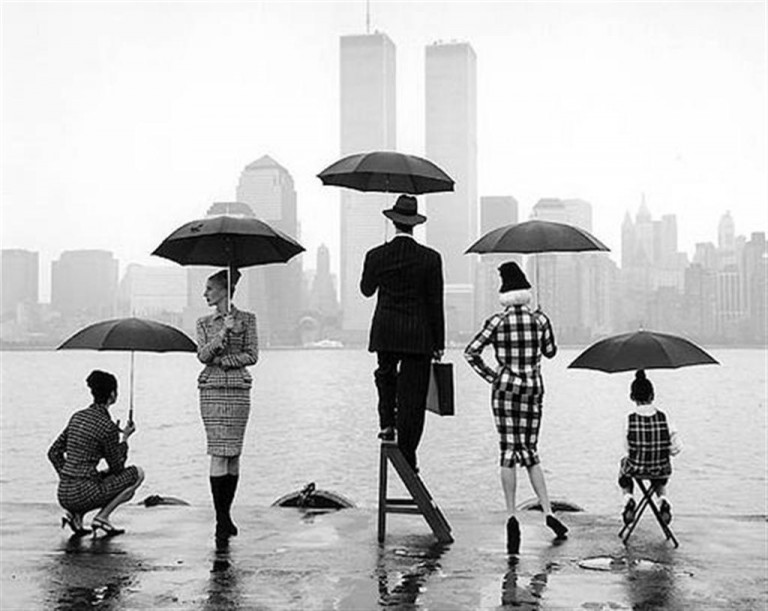No matter how far-out it strikes you, homosexuality did not exist before 1869, not before the Hungarian doctor Benkert invented it. Up until then, only sodomites existed.
Sodomy was a fluid and wide-ranging category which included sexual intercourses – not necessarily anal ones – between men, men and animals, men and women and women (clitoris was still held as an underfed penis) with the aim of avoiding reproduction.
Sodomy was prohibited for religious-order purposes. It was always referred as a “heinous crime”.
Sodomy was never stamped as something distinct as homosexuality is considered in our days. It was viewed as a temporary deviation and nothing more.
~~{}~~
During the 18th century, this crime ceased to fall within the jurisdiction of the Church and it became part of the criminal law and the vocabulary was enriched.
Words like “pedophilia” or “dishonesty” (in the police jargon) became more common and there was no distinction between juveniles and adults.
Sodomy, in and out of itself, was not penalized by The French Criminal Law of 1791 (after the revolution), only pedophilia was a crime.
In 1869, Benkert coined the term “homosexuality” and asked for the abolishment of an old Prussian law that condemned it.
Around the same time, Heinrich Ulrichs analyseD homosexuality from the angle of the historian, the doctor and the philosopher and made a distinction between the pedophiles and the Uranians, describing the latter as “a female psyche confined in a male body”
And in this way, inadvertently, since he was a homosexual himself, Ulrichs provided the background for the mental pathology of homosexuality.
~~{}~~
Until the end of the 19th century, the psychologists had agreed to treat homosexuals and homosexuality as a pervasion.
This establishment of the pathological homosexuality ties in with the formalization of the heterosexual normality.
Foucault states that “as defined by the ancient civil or canonical codes, sodomy was a category of forbidden acts; their perpetrator was nothing more than the juridical subject of them (…) The sodomite had been a temporary aberration; the homosexual was now a species.”
~~
Freud was the most tolerant and insightful theorist of homosexuality. Standing in stark contrast to the zeitgeist of his time, Freud confirms that heterosexuality is no less problematic than homosexuality.
He refused to analyze homosexuals in order to cure them of their “mental illness” since in his book they were, contrary to the sexologists who were the advocators of the problematic third gender, normal individuals.
He wrote to an American mother who asked him for advice about her homosexual son:
“Homosexuality is assuredly no advantage, but it is nothing to be ashamed of, no vice, no degradation; it cannot be classified as an illness; we consider it to be a variation of the sexual function, produced by a certain arrest of sexual development”.
~~
Medicine, as a science, should make sure to safeguard homosexuality against “ethical frenzies”. But it did not go down this way. The psychiatrists jumped on the bandwagon of the nationalist fever and went along with it, stigmatizing the effeminate, the unable to reproduce and go to war!
In England, as well as in France or Germany, the anti-homosexual protests were linked with the fear of the decay of the Empire or the Nation.
The homosexual was always a menace to the nation and the institution of family. And, as an addition, he was a “traitor to the pride of men”.
And it was the sexologists, the reformers, who put the “deviants” behind the bars of abnormality.
~~{}~~
Homosexuality was ever present since the world began but “until sexology gave them a label, there was only the half-life of an amorphous sense of self. The homosexual identity as we know it is therefore a production of social categorisation, whose fundamental aim and effect was regulation and control. To name was to imprison.” (Foucault)
~~{}~~
In 20th century, the sociologist Frederick L. Whitam, after working for many years in homosexual communities in assorted countries like the United States, Philippines and others, made the following conclusions:
1) Homosexual individuals are present to all societies,
2) The percentage of the homosexuals seems to be pretty much the same to all societies and it is roughly unvarying with the passage of time,
3) The social rules neither hamper nor encourage the homosexual tendencies.
~~{}~~
In 1948 Alfred Kinsey together with his colleagues published the Kinsey Reports which made an impact on the sexual bliss of America.
Among others (adultery, premarital sex, masturbation) their research pinpointed that homosexual and heterosexual proclivities coexist in the majority of people on a continuum ranging from “exclusively heterosexual” (0 on the Kinsey scale) to “exclusively homosexual” (6 on the Kinsey scale).
~~
On the contrary, Richard Friedman maintained that “most men are not subconsciously homosexually inclined. Likewise, the majority of those who are exclusively homosexuals are not subconsciously inclined to heterosexuality. What is left is a small percentage of bisexual men who are forced to push back their homosexual or heterosexual fantasies”.
~~{}~~
At the end of 1960s, while the feminist movement was already established, the first gay right movements took place, a term that existed since 19th century and suggests a special and positive culture contrary to the word “homosexual” that sounds like medicine terminology denoting pervasion.
The goal of the movement was to display that heterosexuality is not the only normal sexual behavior, as well as to claim equal rights for this “minority”.
But when this minority came out, it clashed with the international community.
~~
During the 80s, a decade marked by the foundation of Moral Majority (which was opposed to feminism, homosexuality and abortions), the homosexuals tried a different track.
Instead of displaying their differences, they focused on trying to prove that homosexuals are men or women like any other.
Their main thesis was: “Even though homosexuality puts the traditional roles of the sexes in a different light, it does not define the gender”.
To separate clearly the behavior from the situation, some floated the idea that the term “homosexual” should not function as a noun, but as an adjective (homosexual man).
In this way the homosexuals were not fighting anymore for the right to be different, but for the right to go unnoticed.
They just wanted to be treated as human beings and lawful citizens like all the other people, without privileges or disadvantages.
~~{}~~
But while women could fight back against misogyny with the official consent of international community, homosexuals’ battle against the last bastion of patriarchy, homophobia, was not as legit.
In essence, the persecution of homosexuality is in and of itself a proof of masculinity since “to be a man, you mustn’t be a homosexual” – neither, of course, a woman.
~~
Studying the results of assorted surveys, we notice that homophobia is officially acceptable contrary to racism and sexism.
Assaults by teenagers on their homosexual peers (and not only) are on a daily basis. For these young people, a gay symbolizes the alien, the Other. Through these assaults, the feeling of being part of a male team is reinforced and they verify their heterosexuality.
Homophobia bolsters the fragile heterosexuality of some men or it could be part of a wider ideology, like the ones that far-right or conservative religious groups maintain.
~~{}~~
All of the above are linked with the invention of homosexuality and homophobia. Now let us see what the only cure can be.
The only way to cure homophobia is to accept Diversity.
Divergence is a term that reinforces exclusion by default. The “different” ones are always the others, the few ones, the minorities and we’ve got to tolerate them because we are broadminded people – if we don’t persecute them in case we are narrow-minded people.
According to Social Diversity, our society consists of diverse individuals where each one has special features of their own.
We are all different –when it comes to our differences – and we are all the same –when it comes to our similarities. But mainly, and above all, we are all humans.
People, all of the people, (have to be) born free with equal rights and live as such. Sexual orientation should not be a cause for marginalization – neither should it be flaunted as an asset.
Men (those who carry the XY chromosome) and women (those who carry the XX chromosome) should be treated as equals, no matter with whom they share (or not) their bed.
~~{}~~
It is a dead certainty though that the patriarchal society will fight with all its might against this equalization between heterosexuals and homosexuals.
“Masculinity”, as it is defined by the denial of the other and –mainly- the denial of the supposed “female side”, is now the last stronghold of resistance of the old regime.
And the old regime banks on discrimination, exclusion, division, violence, war.
Mainly, it feeds on bigotry.
Because it comes in handy for the enlightened leaders to create enemies in order to perpetuate their domination.
~~~~~~~~~~~~~~~~~~~~~~~~
I strongly suggest you read the revealing book XY, on Masculine Identity by Elisabeth Badinter.
~~~~~~~~~~~~~~~~~~~~~~~~
The photo is by Philippe Halsman, “Skyline”, 1979
~~~~~~~~~~~~~~~~~~~~









